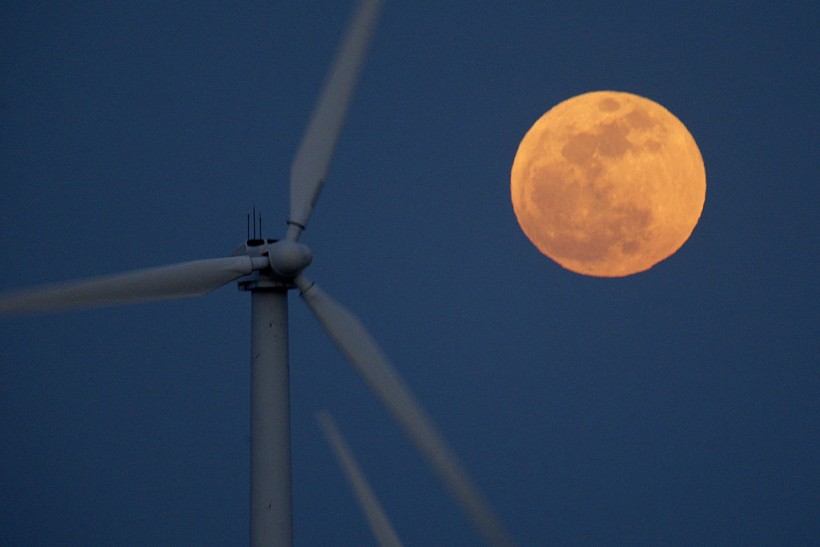
(Photo : (Photo by David McNew/Getty Images))
The Eta Aquariid Meteor Shower is an annual celestial event that occurs from late April to mid-May as Earth passes through the debris left by Comet Halley.
The month of May will feature a variety of visible celestial events this year, including meteor showers, giant red stars, and planets visible without a telescope.
East coasters can observe the Eta Aquariid Meteor Shower, a yearly cosmic spectacle that spans from late April to mid-May, at its peak between May 5th and 6th.
During the month of May, you can spot the Moon hanging out with Saturn twice, witness the Scorpion constellation's "heart" briefly disappearing, and enjoy the morning meteor show courtesy of Comet Halley.
Catch Mars, Saturn, and Mercury in the morning sky and get a glimpse of the Eta Aquariid meteor shower when it hits its peak overnight on May 5th and extends into the morning of the 6th.
Early in the morning, look to the east, and you'll see the crescent moon alongside Saturn. Mars comes up about 45 minutes after Saturn. They come together to form a nice, straight line in the sky for those who wake up early enough. The next morning, the moon will be thinner and will have moved between Saturn and Mars.
The Eta Aquariid is known for its swift and brilliant meteors, delivering approximately 40 per hour under optimal conditions in the Southern Hemisphere, according to SciTechDaily.
Skygazers can see meteors from the shower throughout the week, specifically around peak night, as they seem to originate from the constellation Aquarius.
Aquarius rises after midnight this time of year, so keep an eye out during the few hours before dawn for the best viewing.
On May 23rd, when the full moon rises, it will appear close to the red star Antares in Scorpius.
But for those on the East Coast of the U.S. from south of Delaware down to Florida, you'll see something unique: the moon will actually pass in front of Antares, temporarily blocking its view.
This special phenomenon is called an occultation.
And on the last day of the month, May 31st, you'll see Saturn rising in the early morning alongside the crescent moon.
If you're an early riser, look toward the southeast to spot them. They'll be close enough together to appear in the same view if you use binoculars.









